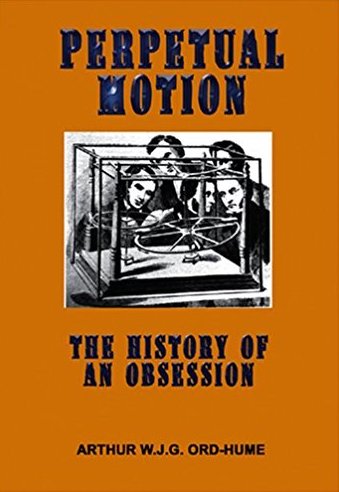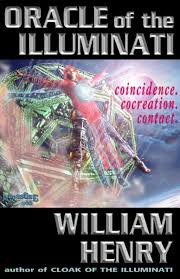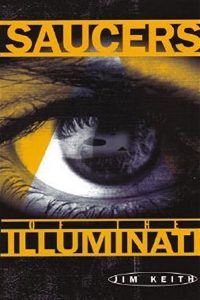Perpetual Motion: The History of an Obsession
$29.00
by Arthur W.J.G. Ord-Hume (paperback)
- Description
Description
Make a machine which gives out more work than the energy you put into it and you have perpetual motion. The deceptively simple task of making a mechanism which would turn forever fascinated many an inventor and a number of famous men and physicists applied themselves to the task. Their quest for perpetual motion in some cases became an obsession. In addition to the genuine experimenters, there were the charlatans and frauds who, with a promise of bountiful dividends when the mechanism was perfected, succeeded in persuading credulous speculators into parting with their money.
However, despite the naivety and blatant trickery of many of the inventors, there are a handful of mechanisms which defy explanation. A vast canvas-covered wheel which turned by itself was erected in the Tower of London. Another wheel, equally surrounded by mystery and intrigue, turned endlessly in Germany and was discussed by philosophers and scientists throughout Europe, including Sir Isaac Newton. James Cox made a perpetual clock two hundred years ago which ticked until its lifeblood, quicksilver, spilled out during a move. The De Luc dry pile, an electric cell, stands in Oxford today, and has been ringing a bell for a century and a quarter with no sign of stopping.
In this book, a present-day engineer looks back over centuries of effort and frustration, and finds that the perpetual motion seekers played an important part in the history of engineering. Without their early experiments the science of mechanics would not have developed so rapidly. He also finds that the fascination of the subject is not quite dead. Today in the laboratory, the phenomenon known as superconductivity has actually made possible a form of perpetual motion.














